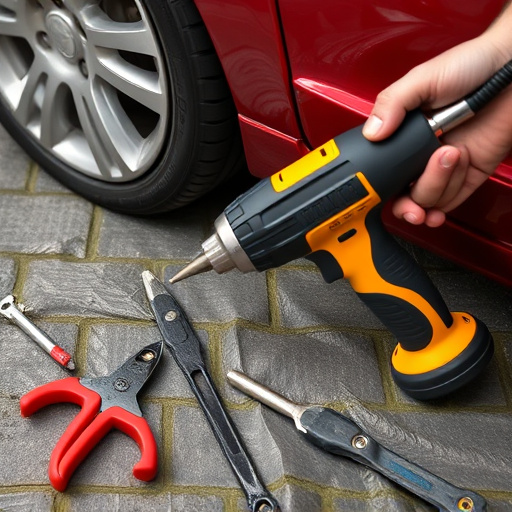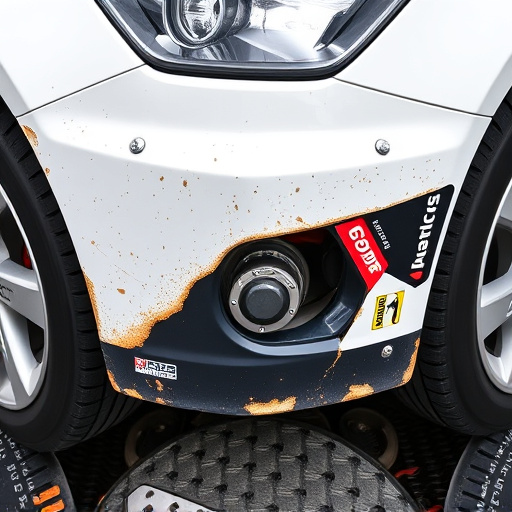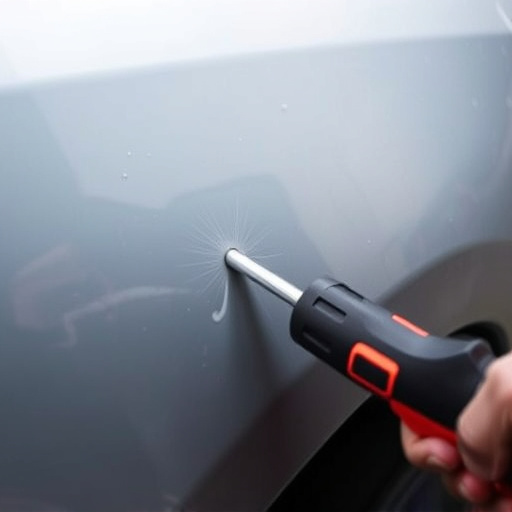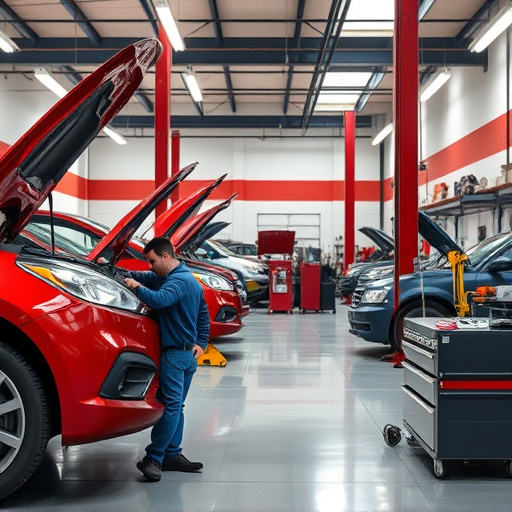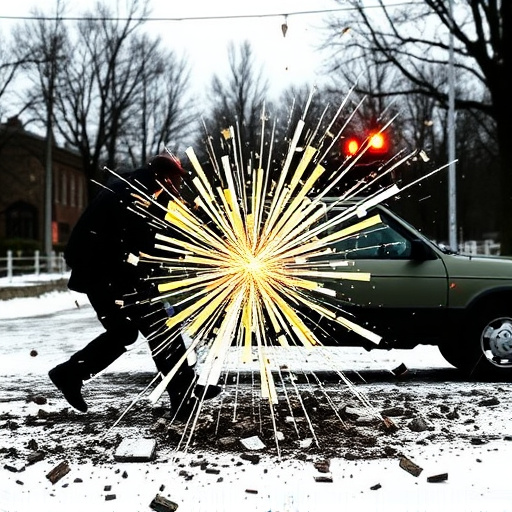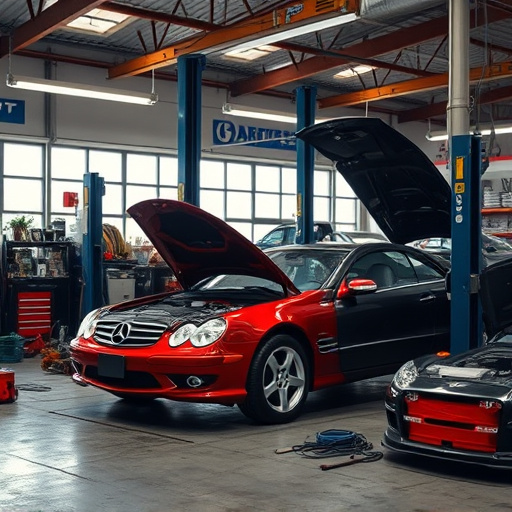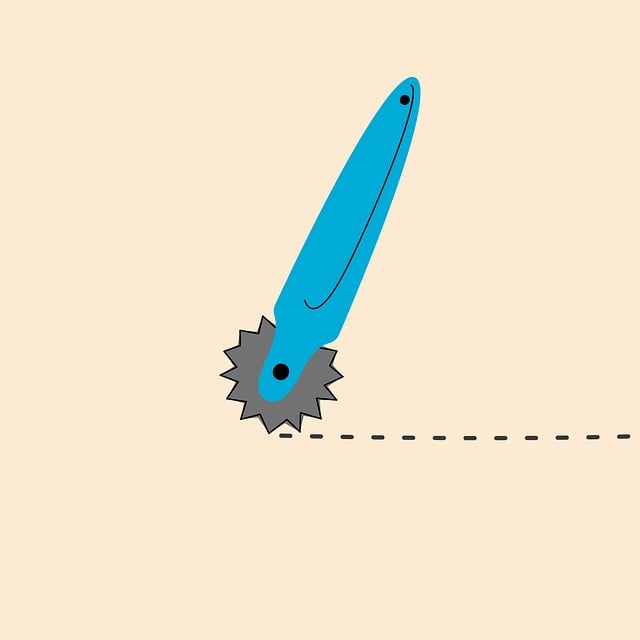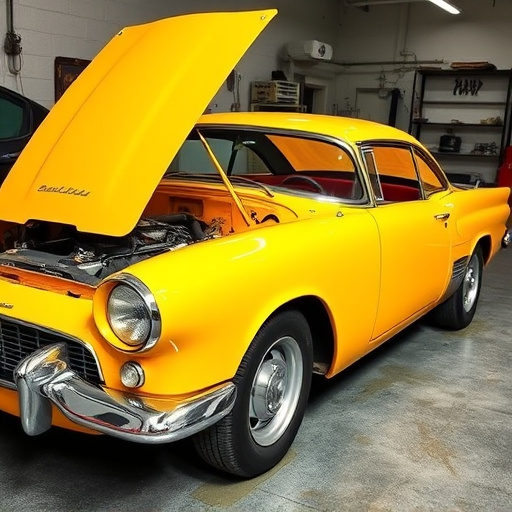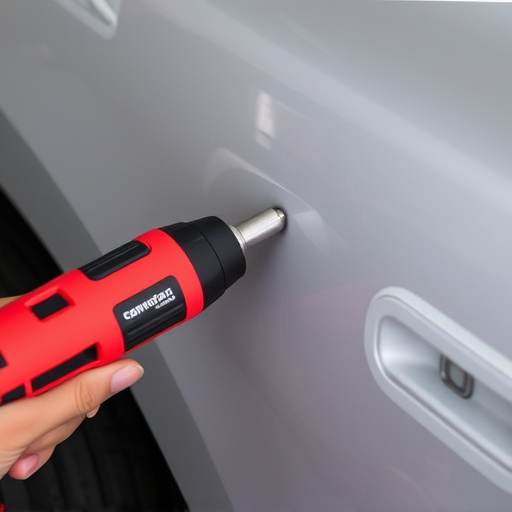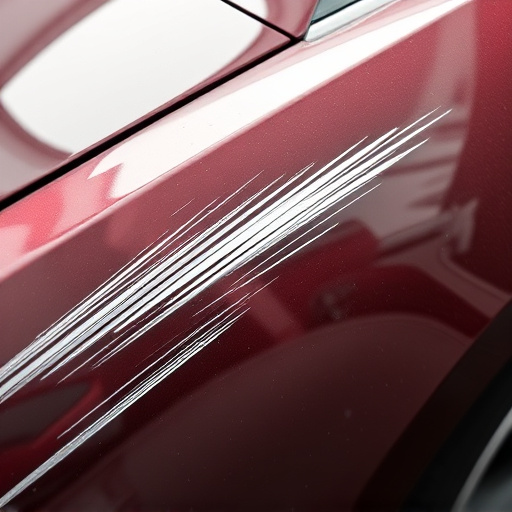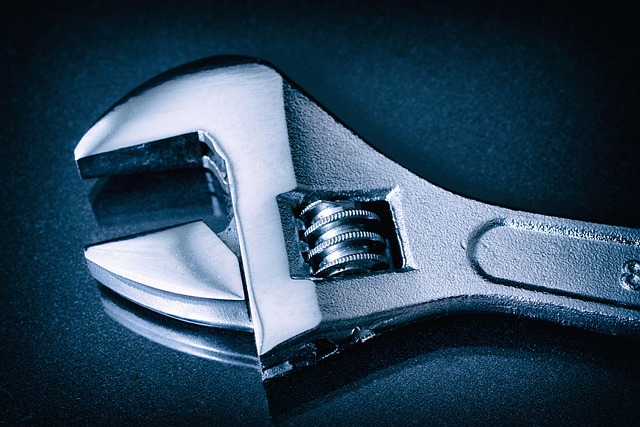Bumper reinforcement repair is a critical auto maintenance service. Over time or after collisions, these safety features can sustain damage, compromising their ability to absorb impact energy and protect occupants. Specialized technicians identify and fix dents, cracks, or bends using advanced tools and replacement parts if needed. Rigorous testing ensures the repaired bumper meets safety standards, maintaining the vehicle's structural integrity and enhancing passenger protection during crashes.
Bumper reinforcement repair is not just a cosmetic fix—it’s a critical step in restoring your vehicle’s safety features. Bumper reinforcement structures play a vital role in crash absorption, redistributing energy during impacts and safeguarding passengers. Over time, these components can suffer damage from collisions or wear and tear, compromising their effectiveness. This article delves into the importance of bumper reinforcement and explores the process of repair to ensure your vehicle’s crash safety capabilities are fully restored.
- Understanding Bumper Reinforcement and Its Role in Crash Safety
- The Impact of Damage: How Bumper Reinforcement Can Fail
- Restoring Crash Absorption Capacity: The Process of Bumper Reinforcement Repair
Understanding Bumper Reinforcement and Its Role in Crash Safety

Bumper reinforcement, a critical component of modern vehicles, plays a pivotal role in crash safety. This structural element is designed to absorb and distribute the impact energy during a collision, significantly reducing the risk of severe damage to the vehicle and its occupants. In the event of a crash, the bumper reinforcement system acts as the first line of defense, managing the force transferred from the impacting object and preventing it from reaching the cabin.
Properly functioning bumper reinforcement is essential for maintaining optimal safety standards in auto bodywork. Over time, this component can sustain damage from various factors, including fender benders, hits from debris, or even severe collisions. When a bumper reinforcement system suffers damage, it’s crucial to undertake prompt and professional bumper reinforcement repair. This ensures that the vehicle retains its ability to protect passengers effectively, enhancing the overall safety of every journey. Auto repair shops specializing in such repairs employ skilled technicians who can accurately assess and fix dents or breaks, restoring the bumper’s crash absorption capacity.
The Impact of Damage: How Bumper Reinforcement Can Fail

Bumper reinforcement systems are a vital component of any vehicle’s safety feature, designed to absorb and distribute crash energy during an impact. However, over time or due to significant collisions, these structures can sustain damage that compromises their effectiveness. The impact of such damage can be severe, leading to reduced crash performance and potentially endangering the vehicle’s occupants.
Common failure points include cracks, bends, or complete separation of the reinforcement bars or brackets. In some cases, corrosion or poor initial installation can also contribute to structural weakness. When a bumper reinforcement system fails, it may not only affect the car’s appearance through dents and dings but more critically, impair its ability to protect the passenger cabin in the event of a collision. Prompt recognition of damage and subsequent bumper reinforcement repair are crucial steps in ensuring both vehicle safety and restoring the car’s structural integrity, often with minimal disruption to the overall aesthetic or need for extensive auto body painting.
Restoring Crash Absorption Capacity: The Process of Bumper Reinforcement Repair

Bumper reinforcement repair is a specialized process that restores the crash absorption capacity of vehicles, ensuring they meet safety standards. When a vehicle experiences a collision, the bumper, as a front line defense, absorbs much of the impact. Over time or due to severe damage, this crucial component may lose its effectiveness, compromising the overall safety of the vehicle. Bumper reinforcement repair involves meticulous techniques to realign and reinforce damaged components, revitalizing their ability to mitigate crash forces.
The process typically begins with a thorough inspection to identify areas of weakness or deformation. Skilled technicians then employ advanced tools to straighten and strengthen the bumper, addressing any cracks or breaks. In cases where the damage is extensive, replacement parts may be used, ensuring precision and compatibility. Once repaired, the bumper undergoes rigorous testing to verify its structural integrity and crash-absorbing capabilities, confirming that it functions optimally and safely, just like a vehicle body shop’s expert touch can transform a damaged car into a pristine one through meticulous paint repairs or careful scratch repair work.
Bumper reinforcement repair is not just a technical fix; it’s a crucial step in ensuring your vehicle’s safety during crashes. By restoring the bumper’s crash absorption capacity, this process plays a vital role in protecting drivers and passengers by dissipating impact energy. Understanding both the structure and potential vulnerabilities of bumper reinforcement systems is key to recognizing when repairs are necessary for optimal vehicle safety.
